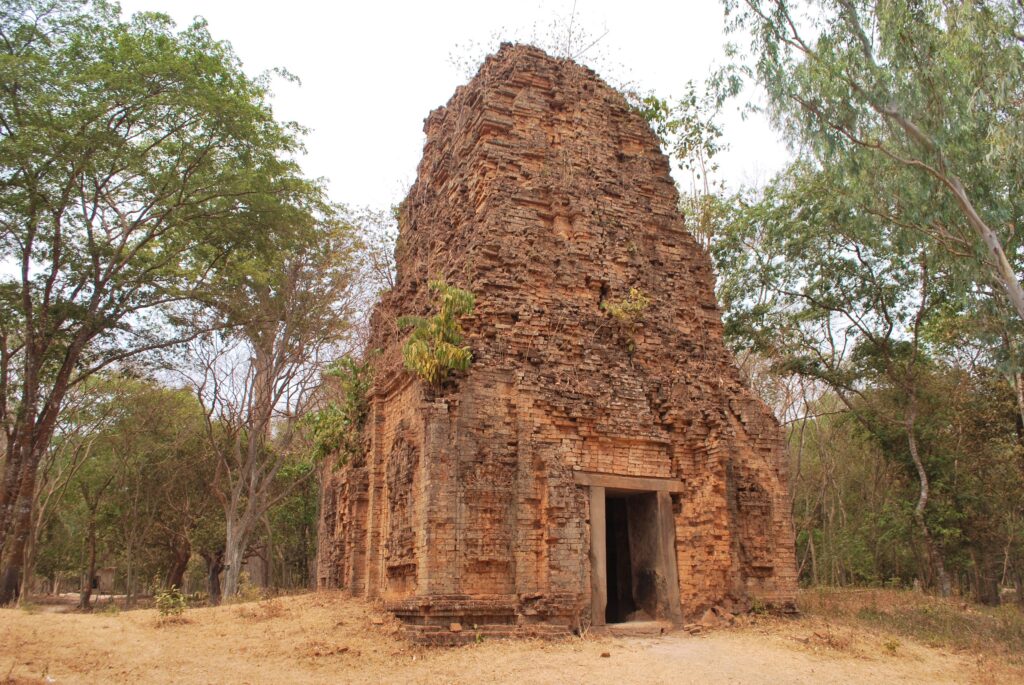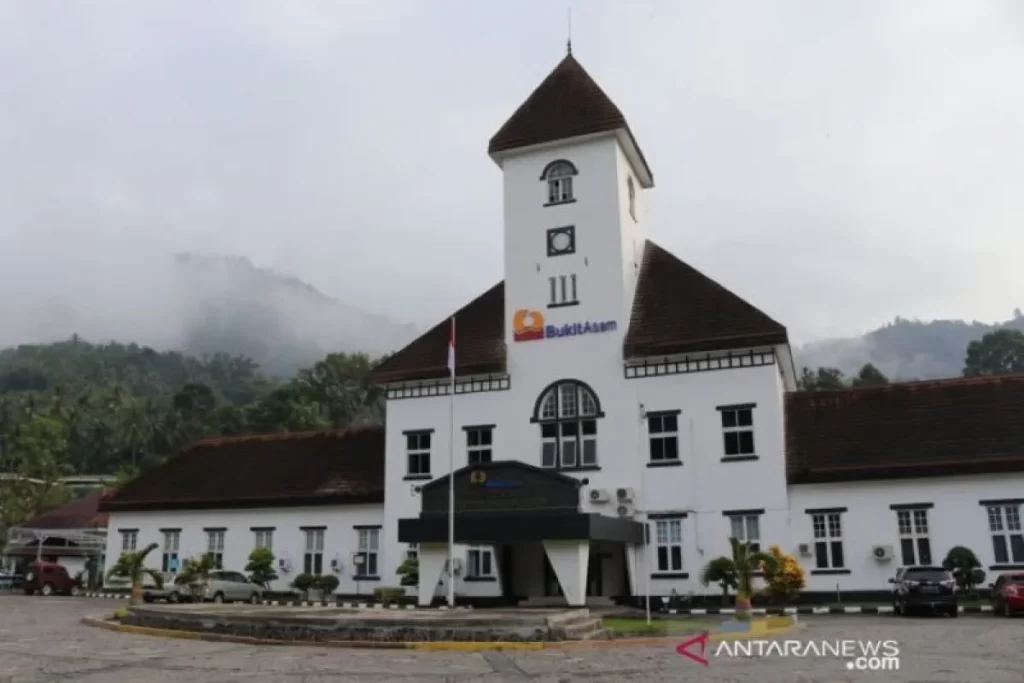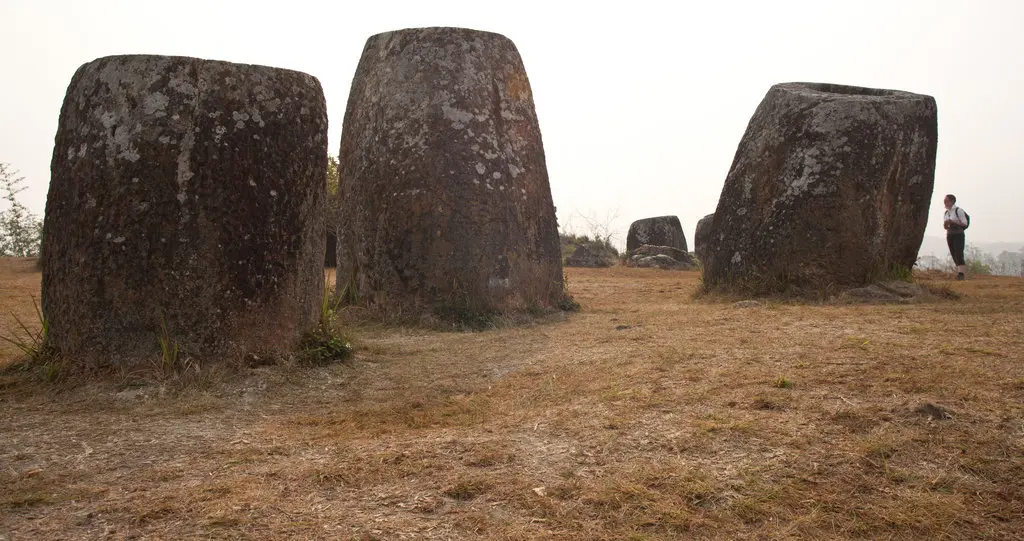
The World Heritage program is an international initiative that aims to preserve cultural sites and conserve natural resources for the benefit of all humankind. The 1972 Convention concerning the Protection of the World Cultural and Natural Heritage brings life to UNESCO’s most famous global project. The concept of world heritage is unique due to its universal application that all sites, regardless of where they are located, belong to everyone.
As of 2023, there have been 41 sites of natural, cultural, and mixed heritage designated around the member countries of ASEAN with the exception of Brunei and Timor Leste. These two countries just recently ratified the World Heritage Convention in 2011 and 2016 respectively. Both countries have not submitted any nominations to date.

Some world heritage sites in ASEAN are quite popular, heavily featured in movies, literature, and news more than others. Notable places include Thailand’s Ayutthaya ancient city, Indonesia’s Borobudur Temple, and Malaysia’s George Town. However, these places have been plagued with over-tourism issues that force governments to promulgate protection regulations.
Indonesian authorities, for one, proposed a steep increase on entry fees to Borobudur, up to $100 for international tourists, citing the deterioration of many statues. Meanwhile, Malaysia’s clan jetties (traditional houses along the port of Penang in George Town) have become crowded with sightseers and have led local residents to blame the World Heritage project as a “UNESCO-cide”, killing the community slowly.
Hence, it might be helpful to redistribute tourism prospects toward newer and less-known World Heritage sites to spread awareness on their preservation. As such, this series would involve three articles, each one attempting to discuss the newest sites of three ASEAN countries. In alphabetical order, today’s article would describe the beauty of Cambodia’s Sambor Prei Kuk, Indonesia’s historical Ombilin Coal Mining, and Laos’ magnificent Jar Sites in Xiengkhuang.
Cambodia’s Beautiful Sambor Prei Kuk Temple Complex
This World Heritage site, sitting between the Siam Reap region and Phnom Penh in Kampong Thom Province, was first inscribed in 2017 for its richness as the landmark of the ancient Chenla Empire’s capital of Ishanapura. The kingdom had existed around 6-7 CE and was credited for building this complex consisting of more than 100 temples (some with unique octagon-shaped architecture found nowhere else in Southeast Asia) and laying the foundation for its much more popular successor, the Khmer Empire. Through the temple reliefs and engravings, Chenla Empire’s complex socio-political condition was explained in detail on the 186 sandstone-made shrines scattered within 840 hectares of archeological site.

Photo taken July 15, 2017. REUTERS/Samrang Pring
Listed by UNESCO on July 8, 2017, Sambor Prei Kuk compound was discovered by French explorers in the 1880s when they stumbled upon 16 sites that they subsequently cleaned for further research. Yet, efforts were halted when Cambodia fell into the Indochina upheaval of 1970s. The American bombings campaign during the Vietnam war, as well as the destruction perpetrated by Pol Pot Red Khmer regime, almost destroyed the complex entirely. Fortunately, when the country stabilized in the early 1990s, the restoration project was able to continue with the aid of Japanese conservationists.
Sambor Prei Kuk had seen a dramatic decline in tourist visits due to the Covid-19 pandemic. However, it gradually saw a comeback of 300-500 daily tourist visits with around 800 international visitors by August 2022.

Locals surrounding Sambor Prei Kuk have been reaping numerous economic benefits from visitors. One family said that they could now diversify their income source from only hunting and selling animals to raising livestock, farming, and selling souvenirs. Moreover, creative services have been introduced to the community to boost tourism appeal like homestays, boat and bicycle rides, trekking, and bird watching. These activities have shifted their mindsets from resource extraction to preservation of nature.
Indonesia’s Historical Ombilin Coal Mining, Sawahlunto
The province of West Sumatra was ushered into the international heritage limelight when UNESCO admitted the OmQbilin Coal Mining Heritage of Sawahlunto City on July 6, 2019. This industrial complex was built by the Dutch Colonial Government to harness the resourceful region, using the local workforce and prisoners from Java known as “chained people”. They established integrated networks of railways and ports to ship coal outside of Indonesia, then known as the Dutch East Indies. The ingenious mining network is composed of three areas, ranging from the production tunnels deep in Bukit Barisan mountain range to the building of Sawahlunto mining town, a 155 kilometers railway track, and the Emmahaven Sea Port.

The first installment of the mining complex was built in 1888, making it among the oldest coal mines in Southeast Asia. Ombilin thrived all the way to the 1930s, with Sawahlunto alone generating almost 90% of the Dutch East Indies’ energy demand.
Currently, the mining complex has been developed for tourism prospects through the rejuvenation of its facilities, such as the Mbah Soero tunnel and the Ombilin Coal Museum, and the transformation of many of its parts to reservoirs, a zoo, and an equestrian track. Moreover, visitors could also experience the underground tunneling network, the only one in Indonesia, that remained in operation until the early 2000s. An important factor for its closure by the Bukit Asam Corporation, a state enterprise managing coal reserves, was also its listing as a UNESCO World Heritage site.

The provincial government is set to develop a centralized agency to manage the tourism aspect of the site while also boosting its international status as West Sumatra’s prominent tourism experience joining Tour de Singkarak, an international cycling competition around Lake Singkarak, and the Pagaruyung Palace. Moreover, four more state-owned companies will relaunch the touristic railway network of Sawahlunto-Muaro Kalaban to enhance accessibility of Ombilin Heritage Complex.
Laos’ Magnificent Meghalitic Jar Sites of Xiengkhuang
Have you ever wondered what funerary practices an ancient civilization had? The Plain of Jars, located in the central plateau of Laos, provides a glimpse into what it would have looked like before 500 CE. 2100 stone tubes littering the area between the Mun Mekong and Red River systems depict the Iron Age societies that used to roam around Laos and the wider Indochina Peninsula. The tallest jars could reach 10 feet high with various shapes and sizes.
Researchers are still baffled by basic questions. How were these rocks made and moved? Were they only used during funerals? And how did the locals cut the stones to create holes inside?

In total, there are around 80 different sites to explore. However, the World Heritage designation only comprises 11 sites with the highest composition. Out of these, three located in Paek district have recorded the highest tourist visits. Following the UNESCO listing, the Xieng Khuang Provincial government has committed to improve the sites’ accessibility, especially through road rejuvenation and facilities to accommodate tourists.
Even during the pandemic, these Jar sites saw more than 40,000 tourists in 2022. Villages around the area have also been more proactive in managing the complex by reducing cattle grazing. However, damage caused by natural disasters such as fires, flooding, and landslides lingers, and comprehensive disaster risk management was not present before the 2019 designation, although it had started to take shape.

(The Diplomat)